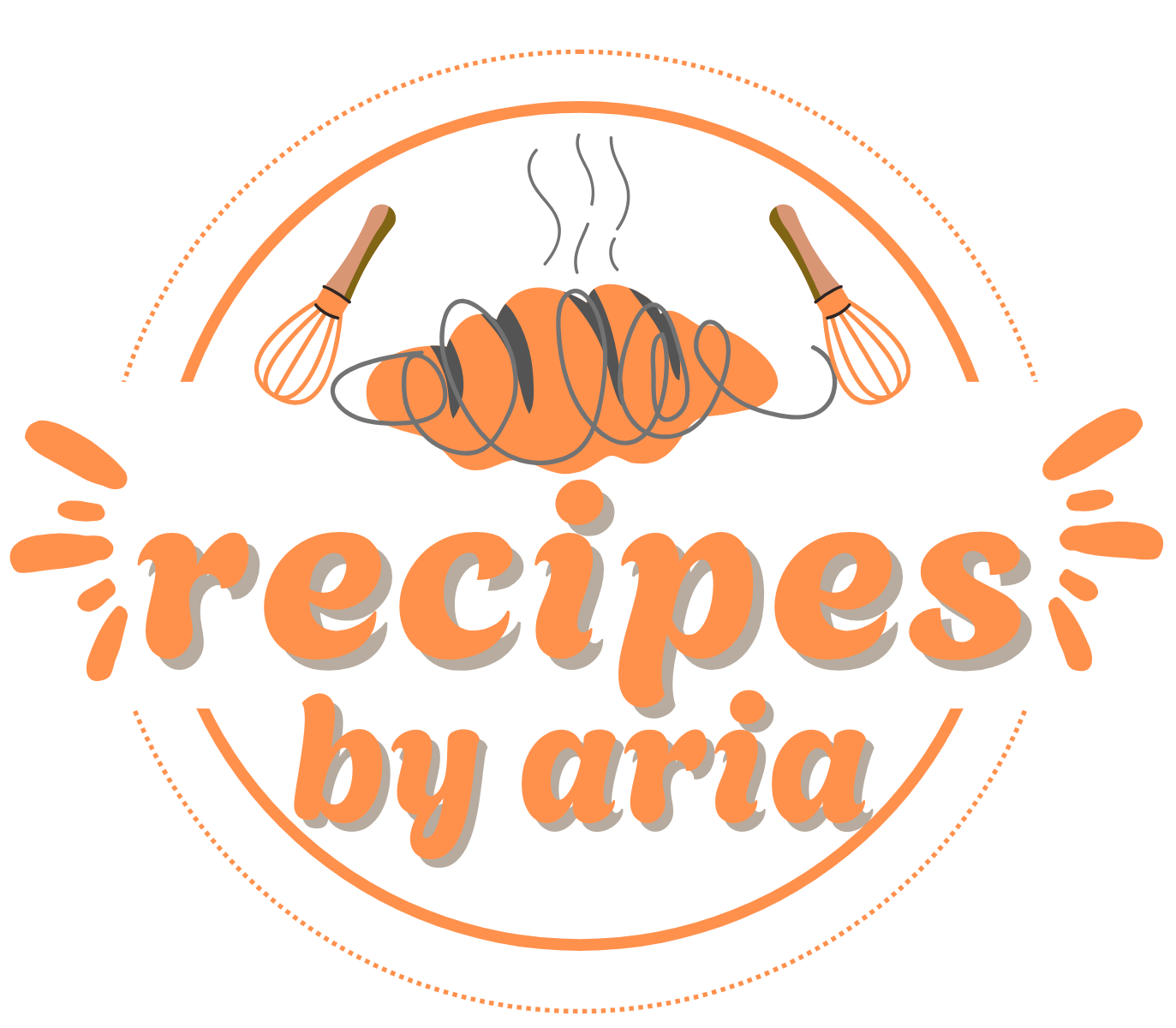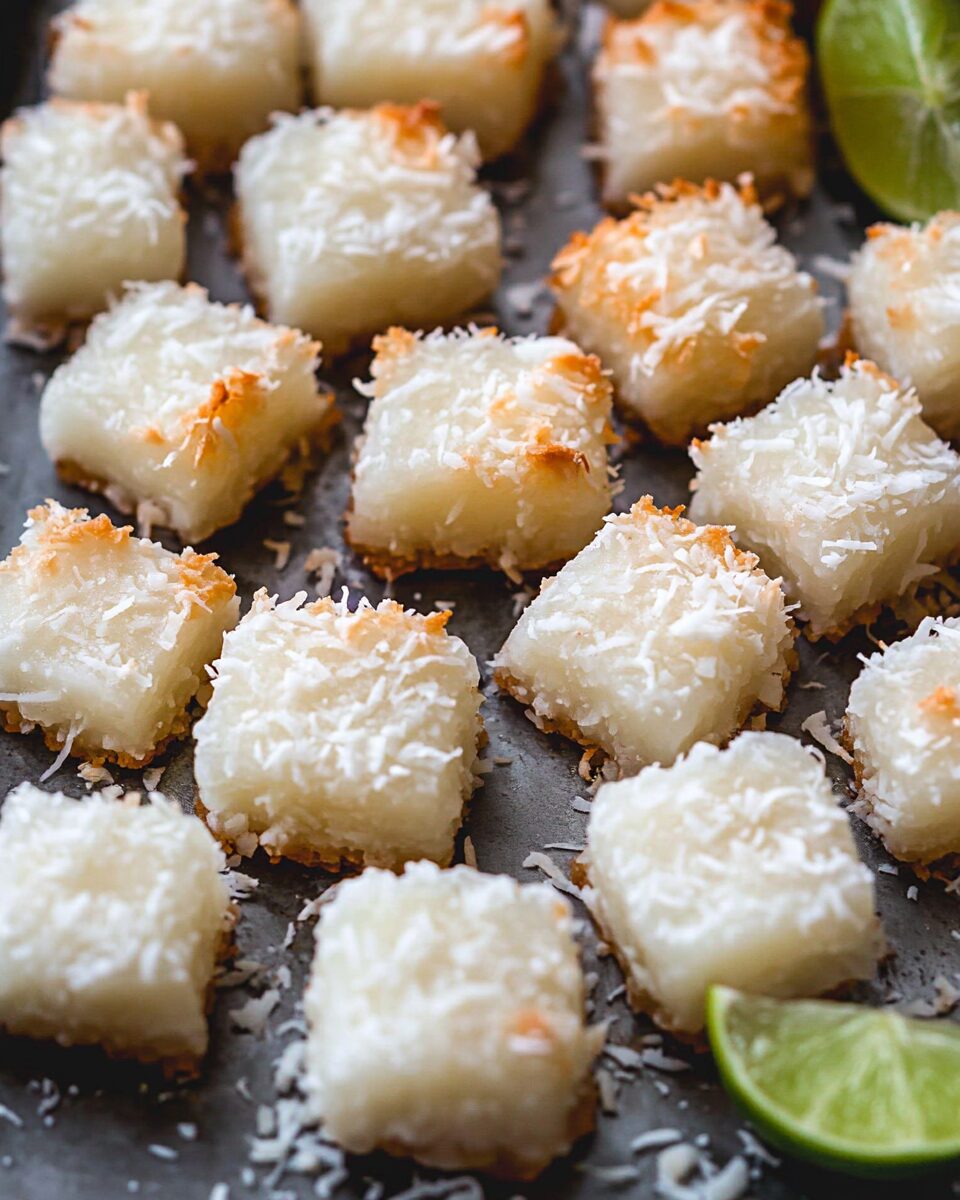The Cocada is a classic Mexican coconut candy that’s simple to make and wildly satisfying. Made with just a handful of ingredients, including shredded coconut and sweetened condensed milk, these little golden mounds of chewy goodness are ideal for dessert tables, gifts, or cozy snacking moments.
With their lightly crisp edges and soft, moist centers, Cocadas hit that perfect balance of texture and taste. The whipped egg whites fold into the coconut mix for a lightness that elevates each bite. This traditional recipe is easy enough for beginners, yet delivers results that impress anyone with a sweet tooth.
Full Recipe:
Ingredients:
-
4 cups sweetened shredded coconut
-
1 (14-ounce) can sweetened condensed milk
-
1 teaspoon vanilla extract
-
1/4 teaspoon salt
-
2 large egg whites
Directions:
-
Preheat oven to 350°F (175°C). Line a baking sheet with parchment paper or a silicone baking mat.
-
In a large mixing bowl, combine the shredded coconut, sweetened condensed milk, vanilla extract, and salt. Mix until well combined.
-
In a separate bowl, beat the egg whites until stiff peaks form.
-
Gently fold the beaten egg whites into the coconut mixture using a spatula, being careful not to deflate the whites.
-
Using a cookie scoop or tablespoon, drop rounded mounds of the mixture onto the prepared baking sheet, spacing them about 1 inch apart.
-
Bake for 18–20 minutes, or until the tops are golden brown and edges are slightly crisp.
-
Allow to cool on the baking sheet for 5 minutes, then transfer to a wire rack to cool completely.
Prep Time: 10 minutes | Cooking Time: 20 minutes | Total Time: 30 minutes
Kcal: 130 kcal | Servings: 20 candies
Cocadas: The Sweet, Chewy Essence of Mexican Coconut Traditions
Cocadas are a traditional coconut candy beloved across Latin America, especially in Mexico, where they are often sold in markets, bakeries, and roadside stands. These chewy, golden treats encapsulate the rich blend of indigenous and colonial influences that characterize Mexican cuisine. Often shaped into small mounds or balls and baked until their tops are just slightly caramelized, cocadas are both rustic and elegant perfect for everything from festive holidays to afternoon tea.
A Glimpse into the Origins of Cocadas
While coconut is not native to Mexico, it arrived via transoceanic trade routes during the colonial era. Spanish colonizers brought coconut and sugar two key ingredients in cocadas into the New World, and Mexican cooks soon incorporated them into their regional sweets. The marriage of these ingredients in Mexican kitchens gave birth to a new kind of confection: one that was easy to prepare, transportable, and deeply satisfying.
Cocadas are part of a broader category of Latin American coconut treats. Versions of cocadas exist in Colombia, Venezuela, Argentina, and Brazil, each with its own twist depending on local ingredients and preferences. In Mexico, however, cocadas are typically baked, giving them a crisp edge and tender center that sets them apart.
Cultural Significance and When They’re Enjoyed
In Mexico, cocadas are more than just candy they’re a part of culinary tradition and family life. They are often associated with religious festivals, family gatherings, and local fairs. Because of their simplicity and accessibility, cocadas are a common offering during Día de los Muertos (Day of the Dead), where they are placed on altars as a sweet gift for departed loved ones.
You’ll also find cocadas featured at Christmas, Easter, and during pilgrimages to religious shrines. Bakers might tint them in pastel colors for spring holidays or add festive touches like candied cherries on top during the winter season. Street vendors often sell cocadas individually wrapped in cellophane, and some panaderías (Mexican bakeries) offer variations that are dipped in chocolate or dusted with powdered sugar.
Texture, Flavor, and Appeal
What makes cocadas truly irresistible is their texture: a chewy interior that’s rich and slightly sticky, contrasted by a toasty, golden crust. The dominant flavor, of course, is coconut nutty, sweet, and slightly tropical. When combined with sweetened condensed milk and egg whites, the coconut becomes delightfully creamy without being overly heavy.
Some variations also include ingredients like chopped nuts, lime zest, raisins, or even cinnamon. Others might use unsweetened coconut for a slightly less sugary version or incorporate evaporated milk to deepen the richness. But at their core, cocadas are all about celebrating coconut’s natural flavor in a way that feels both indulgent and wholesome.
Variations Across Regions
While the basic Mexican cocada is a baked coconut mound made with condensed milk and egg whites, variations abound:
-
Cocada de horno is the most common baked version with a golden top and moist interior.
-
Cocada blanca might omit baking entirely, resulting in a softer, no-bake candy chilled until firm.
-
Cocada colorida is often brightly colored using food-safe dyes—popular in Mexican markets.
-
Cocadas with fruit may include chopped pineapple or mango for added tropical flair.
-
Cocadas con cajeta use a drizzle of Mexican caramel (cajeta) on top for a decadent finish.
Some recipes are adapted to accommodate vegan diets by removing egg whites and using plant-based condensed milk. These versions retain much of the texture and flavor while making the treat more inclusive for dietary restrictions.
Preparation Insights & Tips for Perfect Cocadas
Although cocadas are relatively simple to prepare, there are a few tips to ensure yours come out just right:
-
Whipping egg whites to stiff peaks ensures the candies stay light and airy rather than dense.
-
Using parchment paper or silicone mats prevents sticking and ensures easy removal from the baking sheet.
-
Watch the tops for browning—the golden caramelized layer is a signature characteristic, but it can go from perfect to burnt quickly.
-
Let them cool before moving—Cocadas firm up as they cool, making them easier to handle and giving them their chewy bite.
This recipe is incredibly forgiving, making it great for beginner bakers or even as a fun family activity. Kids especially enjoy helping scoop the coconut mounds onto trays or decorating the tops with nuts or cherries.
Storage and Shelf Life
One of the best things about cocadas is their shelf life. Stored in an airtight container at room temperature, they can last up to a week without losing texture or flavor. If you’re making them in bulk for an event, consider storing them in layers with parchment paper between them to avoid sticking.
For longer storage, cocadas can be frozen just allow them to come to room temperature before serving. Their sturdy texture makes them travel-friendly, so they’re also a popular choice for care packages and holiday gifting.
Nutritional Considerations
Cocadas are, as expected, a sweet treat high in sugar and saturated fat from the coconut. However, coconut also brings some nutritional benefits. It’s rich in dietary fiber and contains trace minerals like manganese and copper. When enjoyed in moderation, cocadas can be a delightful part of a balanced diet.
For those seeking healthier alternatives, consider using unsweetened coconut and reduced-sugar condensed milk or replacing it with homemade versions made with alternative sweeteners. Vegan versions using aquafaba (chickpea brine) instead of egg whites are also gaining popularity.
Why Cocadas Deserve a Spot in Your Dessert Rotation
Cocadas offer everything you want in a homemade dessert: simplicity, flexibility, and show-stopping flavor. They don’t require fancy equipment, rare ingredients, or hours of prep just a bowl, a baking sheet, and a handful of pantry staples.
They also bridge the gap between traditional and modern baking. You can serve them alongside classic cookies at a bake sale or pair them with espresso after a fancy dinner. Their portability and durability make them ideal for party trays, potlucks, and holiday gift boxes.
Most importantly, they’re deeply rooted in tradition. Making cocadas is a way to connect with generations of Mexican home bakers and to honor a sweet part of culinary heritage that continues to thrive.
Conclusion:
Cocadas are more than just coconut candies they’re bite-sized celebrations of culture, memory, and flavor. Whether you’re making them for the first time or reviving a family recipe, these chewy coconut delights are sure to win hearts. Their simplicity makes them approachable, while their rich flavor and beautiful golden color ensure they’ll always be appreciated on any dessert table.
So the next time you crave something sweet, skip the box of cookies and whip up a batch of cocadas. Your taste buds and possibly your ancestors will thank you.






